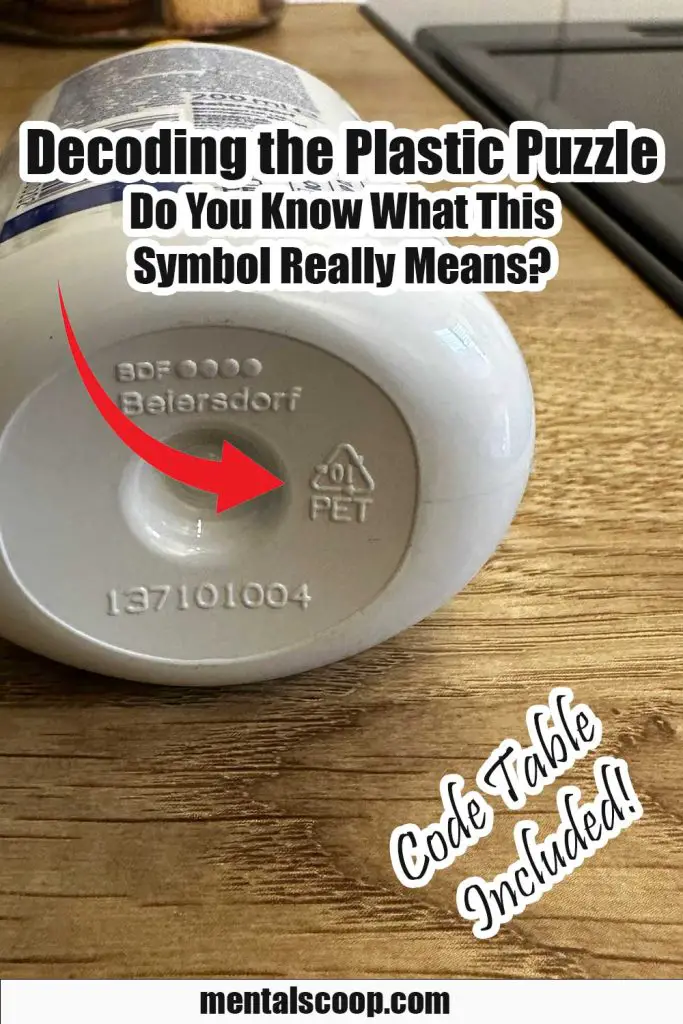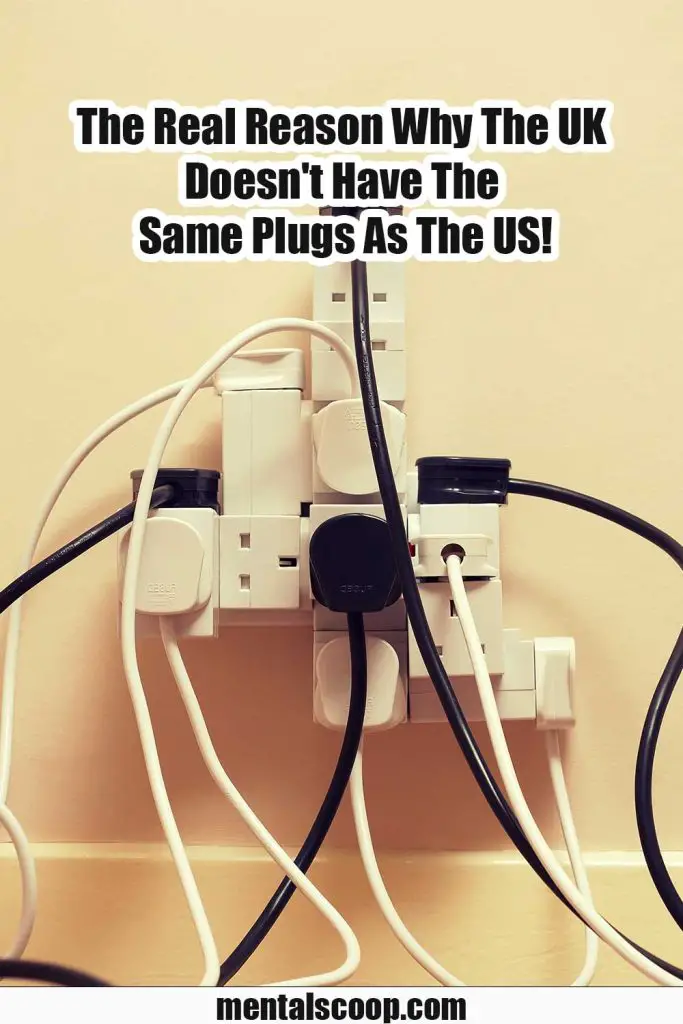Decoding the Plastic Puzzle, Do You Know What This Really Means?

Plastics have become an integral part of our lives, and understanding the different types of plastics is essential for proper waste management and recycling efforts. The Resin Identification Code (RIC) system, denoted by the numbered symbols found on plastic products, provides valuable information about the type of plastic used in their production. In this article, we will explore the seven different resin identification codes and delve into the characteristics, applications, and recycling considerations associated with each type.
RIC #1
Polyethylene Terephthalate (PET) The RIC #1 represents PET, a commonly used plastic for beverage bottles and food containers. PET is lightweight, transparent, and possesses excellent barrier properties against moisture and gases. It is widely recycled and finds applications in the manufacturing of new bottles, carpet fibers, and polyester fabrics. However, it is important to note that PET can degrade over time, leading to potential leaching of chemicals.
RIC #2
High-Density Polyethylene (HDPE) HDPE, denoted by RIC #2, is a versatile plastic known for its toughness, chemical resistance, and ease of recycling. It is used in various applications, including milk jugs, detergent bottles, and piping. HDPE is highly recyclable and finds new life in products such as plastic lumber, recycling containers, and drainage pipes.
RIC #3
Polyvinyl Chloride (PVC) PVC, represented by RIC #3, is a widely used plastic known for its durability, versatility, and low cost. It is commonly found in construction materials, pipes, and vinyl flooring. However, PVC poses environmental challenges due to the release of toxic chlorine gas during production and incineration. Recycling PVC is complex and often limited to specific applications due to potential contamination.
RIC #4
Low-Density Polyethylene (LDPE) LDPE, designated by RIC #4, is a flexible plastic with excellent resistance to chemicals and moisture. It is commonly used in packaging materials, plastic bags, and squeezable bottles. While LDPE is recyclable, its thin and flexible nature poses challenges during the recycling process. Consequently, recycling opportunities for LDPE may be limited.
RIC #5
Polypropylene (PP) PP, identified by RIC #5, is a robust and heat-resistant plastic known for its strength and durability. It is used in various applications, such as food containers, medicine bottles, and automotive parts. PP is highly recyclable and can be transformed into products like battery cases, brooms, and garden furniture.
RIC #6
Polystyrene (PS) Polystyrene, indicated by RIC #6, is a lightweight and rigid plastic commonly used in foam packaging materials, disposable food containers, and insulation. PS can be recycled, but its low density makes it less economically viable. Additionally, expanded polystyrene foam (commonly known as Styrofoam) poses challenges due to its volume and lack of recycling infrastructure.
RIC #7
Is a catch-all category representing various plastics not included in the previous six codes. It includes plastics like polycarbonate (PC) and biodegradable plastics. Polycarbonate is known for its transparency and impact resistance, often used in CDs, eyeglass lenses, and water bottles. Biodegradable plastics aim to minimize environmental impact and break down more readily under specific conditions. However, sorting and recycling these diverse materials can be challenging due to their unique characteristics.

More interesting articles you may be interested in reading:

Potato Grow Bags: The Key to a Convenient, Pest-free, and Bountiful Harvest
Fluffy Miniature Cows Are SO CUTE and They Make GREAT PETS.
20 Ways to Deter Rabbits from Eating Your Garden
How To Get Rid Of Wasps With Just A Brown Paper Bag
How To Get Rid Of Any Burrowing Animals With This Dawn Soap Solution
Thanks for reading and be sure to share this info with your friends using the social share buttons below.
Talking about social stuff, consider liking our Facebook page to keep up to date with our articles. Check out our other articles for more mental scoops!
